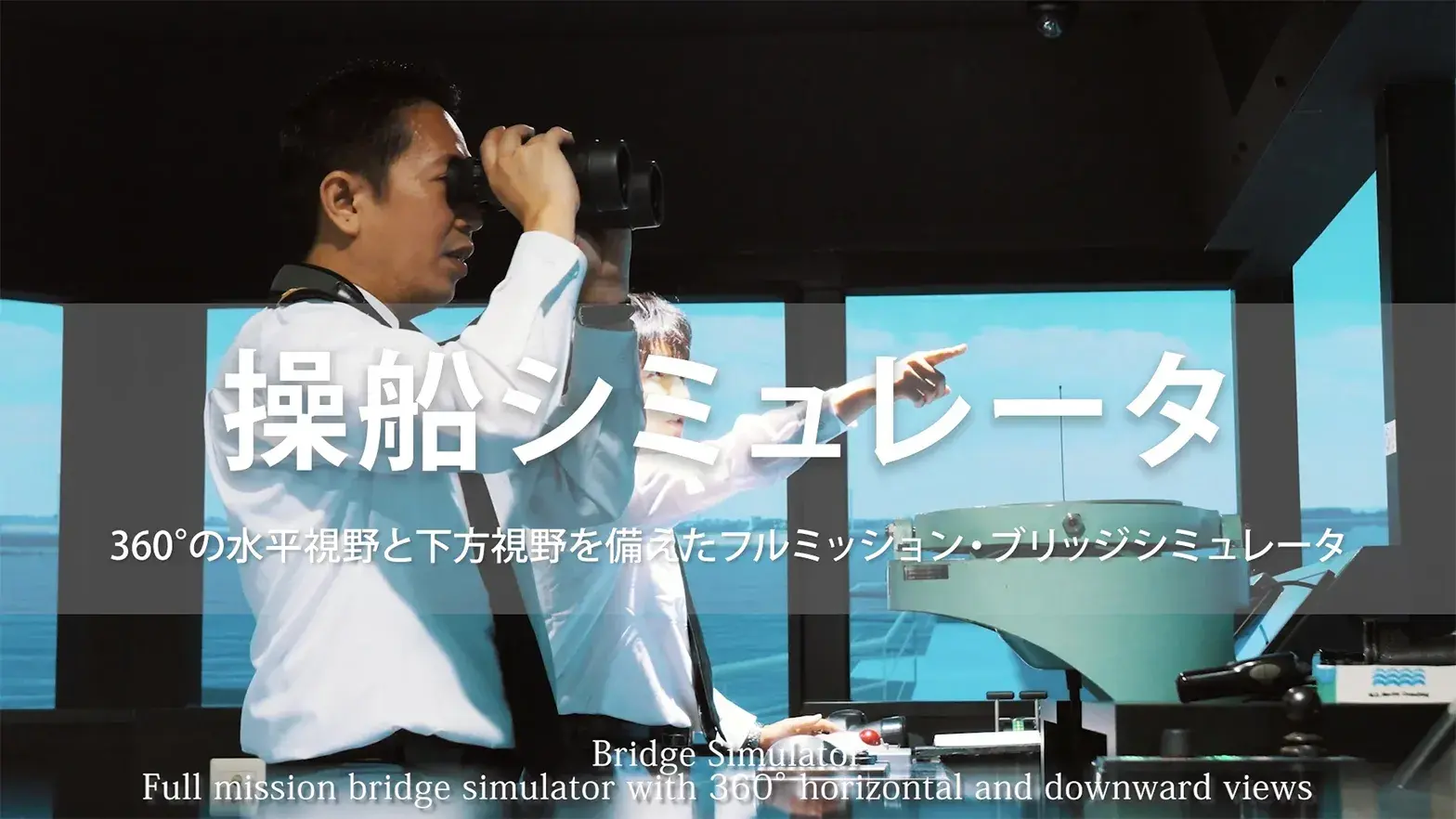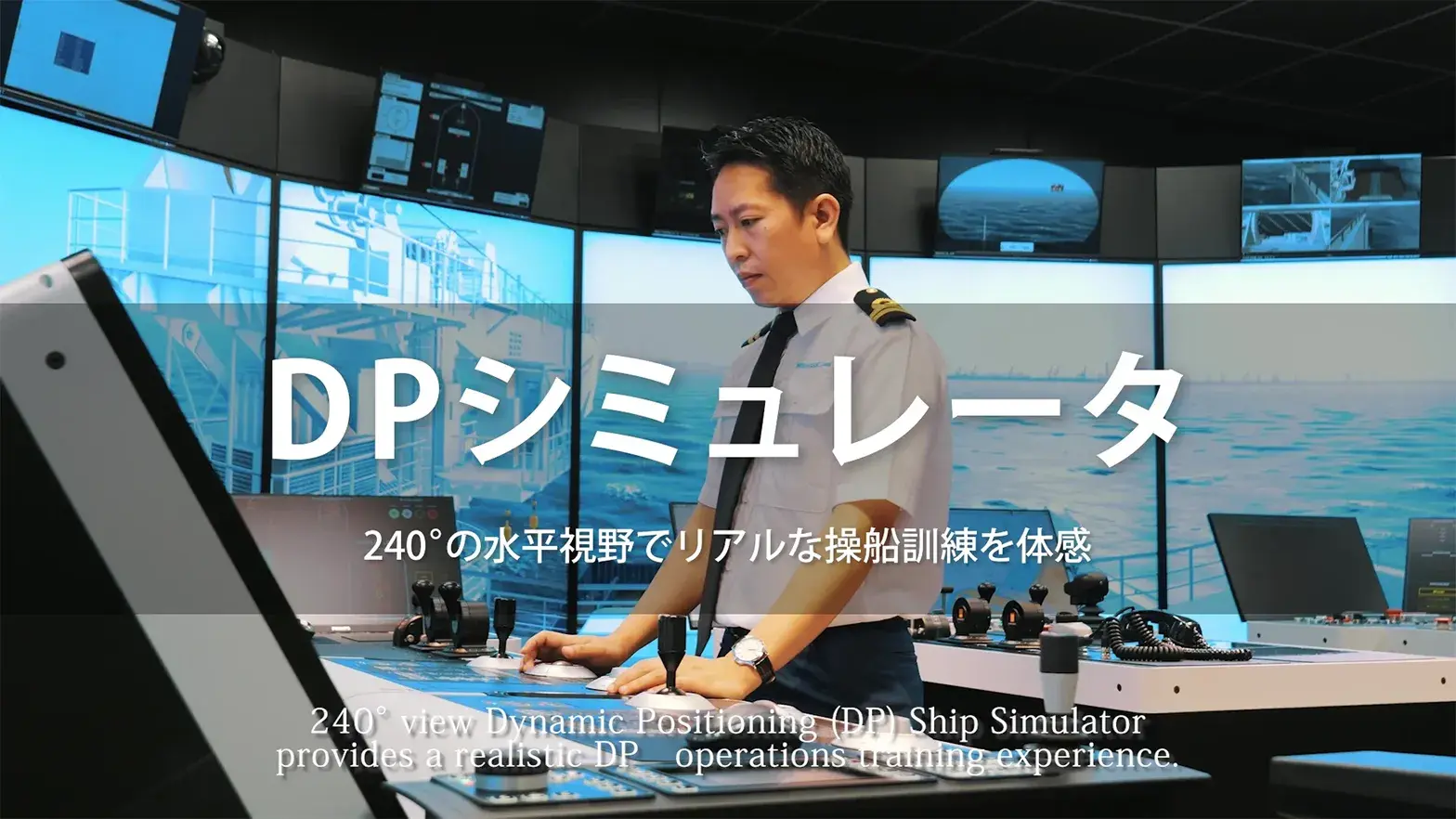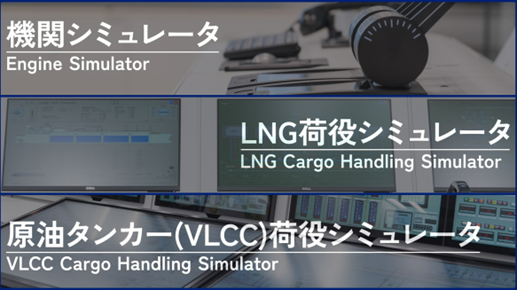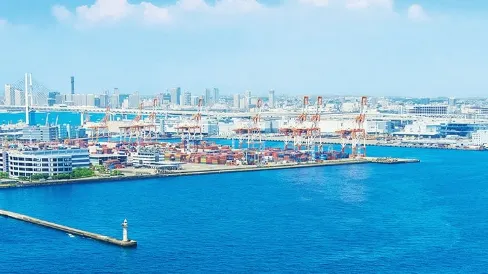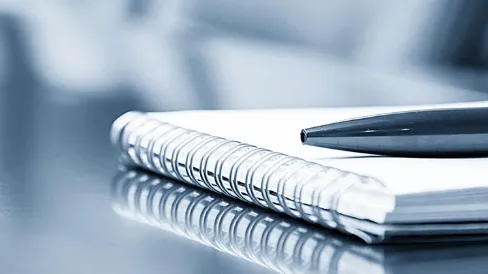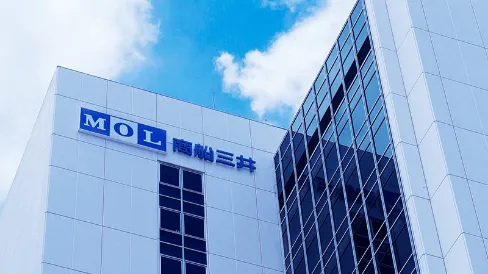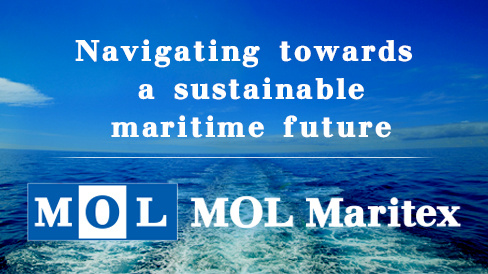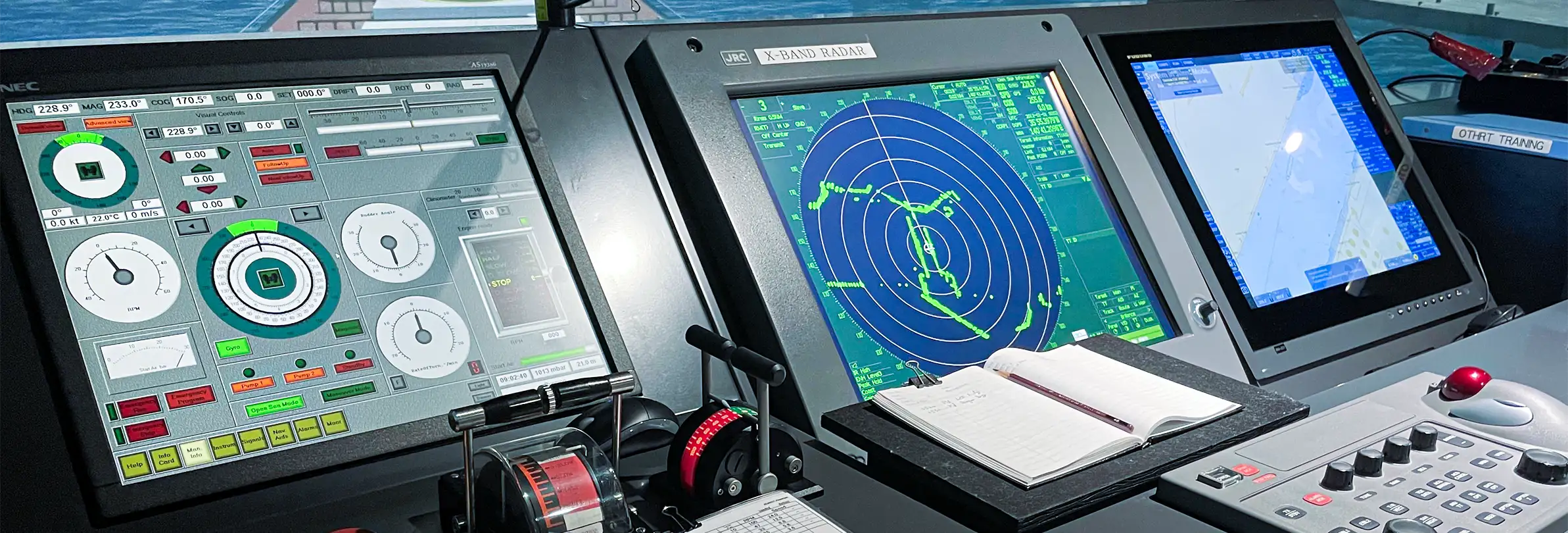
Simulators
MOL provides practical education and training using a variety of simulators, utilizing the expertise accumulated over many years in the training of MOL group seafarers. Training offered ranges from existing open courses to custom-made programs.We can support solving your challenges by leveraging the knowledge and experience of maritime experts of MOL group.
Mitsui O.S.K. Lines, Ltd. Services Utilizing Simulators Key Points
- MOL provides practical maritime education and training as well as maritime consulting services using a variety of simulators.
- The DP (Dynamic Positioning) Training Center at our head office was the first in Japan to be certified by the Nautical Institute.
- The ERM Training Simulator, a training program that enables the acquisition of teamwork techniques, has received ClassNK certification.
- MOL Maritex, a DNV-certified company, provides maritime education and training for MOL.
Service cases utilizing Simulators
For Maritime Education & Training
MOL utilizes full-mission Bridge Simulators that reproduce actual vessels for trainings such as BRM trianing, Shiphandling training and DP (Dynamic Positioning system) training.
For ERM training, a Dual-Fuel Diesel Engine Simulator, a Diesel Electric Propulsion Simulator, and a Turbine Plant Simulator are utilized. We prepare VLCC Cargo Handling Simulator and LNG Cargo Handling Simulator for each type of cargo.



For Maritime Consulting

We also provide maritime consulting services to solve various customer's issues surrounding ships and port facilities by utilizing Bridge Simulator and DP simulator.
After conducting the necessary basic research into the customer's issues, we find and propose necessary solutions by conducting various analyses and simulations of the vessel transportation environment, mooring environment, marine logistics environment and so on.
Introduction of major Simulators
Bridge Simulator
Full mission Bridge Simulator with 360° horizontal and downward view providing a comprehensive, natural and realistic operation environment of an actual vessel.
The 360º view permits natural simulation of activities on the bridge by multiple personnel in BRM training etc. The downward view provides a view of the pier while operating the vessel for arrival and departure at various ports, and intuitive understanding of the positional relationship between the vessel and the pier.
Various Scene Descriptions
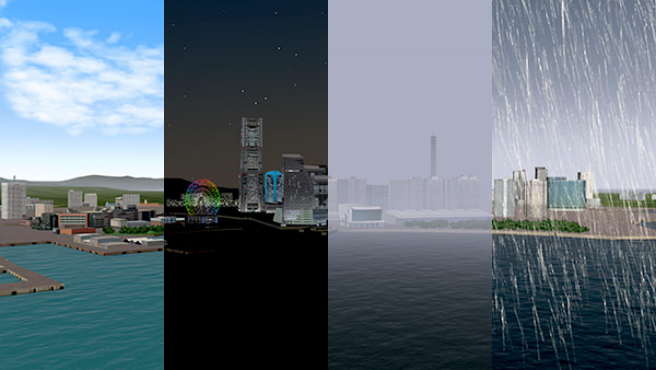
The graphic computer provides various scene descriptions such as change of view from day to night and the various types of vessels, as well as restricted visibility caused by fog or rain. For nighttime views, stars can also be represented based on data calculated from latitude and longitude. Visibility can also be set to any desired distance.
Training Area Database
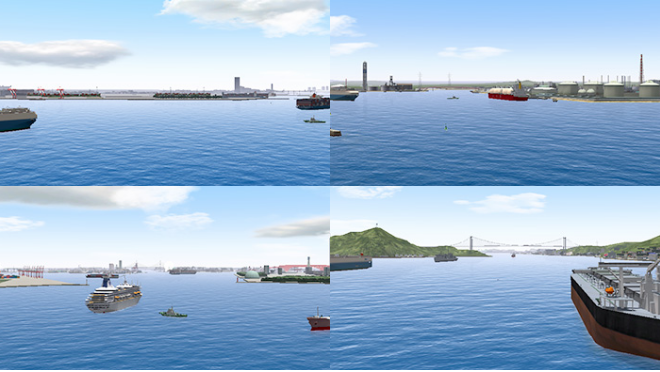
We have a large number of databases of domestic and foreign ports and marine sites. We can also create and reproduce data for ports that do not have databases or are incomplete in reality.
Wide variety of vessel types
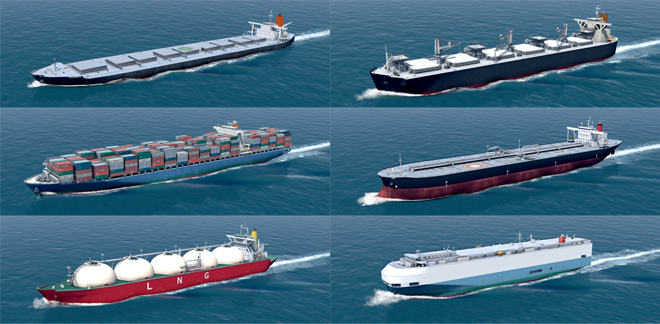
Training is available for many types of ships, such as Containers, LNG carriers, VLCC, etc. We can provide customers with new vessel model as requested.
Dynamic Positioning Simulator
A Dynamic Positioning Simulator has a Dynamic Positioning System(DPS).
The DPS automatically measures external forces such as wind, wave, swell and tidal currents and initiates counteracting forces from Azipods and thrusters to maintain a vessel at a fixed point or to navigate a set route with precision. DPS is indispensable for cable-laying ships, offshore wind power-related special-purpose vessels and seabed oil field-related offshore vessels to maintain a fixed position or steer a course accurately to do their work.
MOL Group opened Japan's first DP Training Center on the lobby floor of MOL headquarters in Toranomon, Minato-ku, Tokyo, We provide DP training for MOL Group and 3rd party seafarers, further more we but also provide customized training to meets the demands of our customers, such as from offshore wind power generation projects and special vessels for offshore development.
First in Japan to be certified by The Nautical Institute (NI)
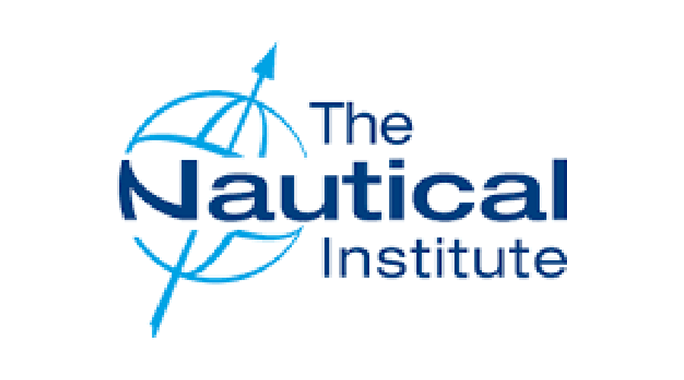
As the first training center in Japan to be accredited by The Nautical Institute (headquartered in the UK), Our DP training center can issue NI DP course completion certificates, which are essential for obtaining a DP operator qualification.
Class A DP Simulator Manufactured by Kongsberg with a 240 view

The simulator is Class A DP simulator manufactured by Kongsberg with a 240 view, The 240°monitor surrounding the vessel gives realistic video images and provides a realistic training experience as if the trainee were on an real DP vessel.
ERM Training Simulator
ERM training consists of lectures and practical exercises using simulators, enabling the acquisition of methods for building teamwork.
It also contributes to the development of leaders who can work safely.
The simulators employed include a dual-fuel diesel engine simulator, a dual-fuel diesel-electric propulsion engine simulator, and a turbine engine simulator depends on the specific training requirements.
In addition, this training program is certified by ClassNK.
Engine Simulator
This includes models featuring:
• An electronically controlled diesel engine (ME-GI) capable of operating on both heavy fuel oil and Liquified Natural Gas.
• A dual-fuel diesel-electric propulsion engine (DFDE) that supports LNG bunkering,
• And a turbine engine all integrated into one simulator.
The engine control room (ECR) and engine room are realistically recreated, allowing for a variety of training in a highly immersive environment.
LNG Cargo Handling Simulator
The simulator closely replicates the operating environment of a membrane-type LNG carrier.
In addition to cargo handling and equipment operation, it supports training for specialized tasks, such as gas-freeing.
VLCC Cargo Handling Simulator
The simulator realistically replicates the operation in the Cargo Control Room (CCR).
and on-deck operations of Very Large Crude Oil Carriers (VLCC).
With the use of large displays, the simulator offers an immersive training environment, covering a wide range of training, from standard cargo handling to advanced special operations like gas-freeing.
First in Japan to receive DNV certification
MOL Maritex Co.,Ltd., which provides MOL maritime education and training service in Japan, has been issued the certification of "Maritime Training Providers (DNVGL-ST-0029)" by DNV. This assures the quality management system standard for maritime education and training providers.
Currently 120 training centers and academies has been certified as "Maritime Training Providers" in the world. Among them, we are the first one to be certified in Japan, which tributes to the quality the maritime training programs we provide.
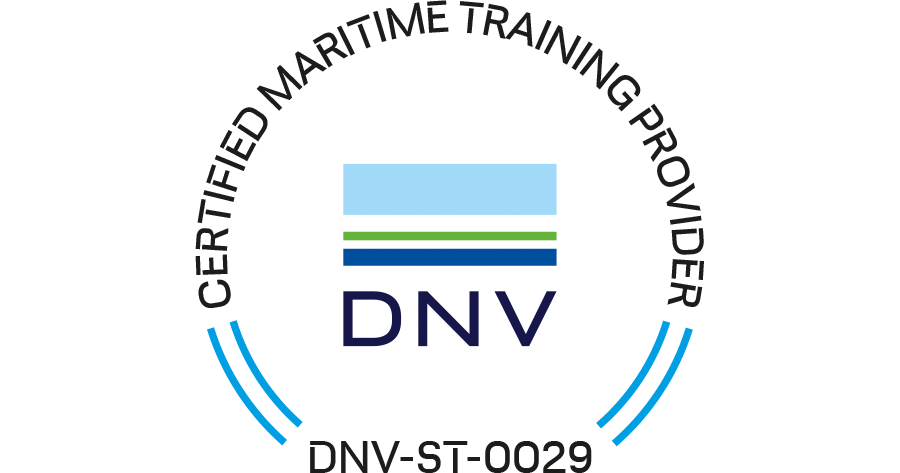
Related Press Releases
- Jul 30, 2025
- Feb 17, 2023
- Mar 14, 2022
Download and Consultation
Maritime Technology Education and Training Services
Download overview materials about Maritime Education & Training services.
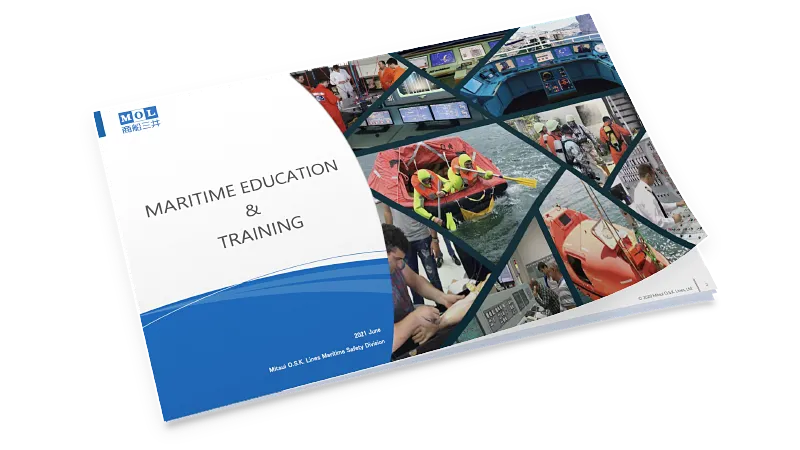
Inquiry (Maritime Education & Training)
Please feel free to contact us about our Maritime Education & Training and associated services.
-
About services
-
Customization
-
Schedule
-
Quote
-
Support
-
Other
Related Case Studies
-
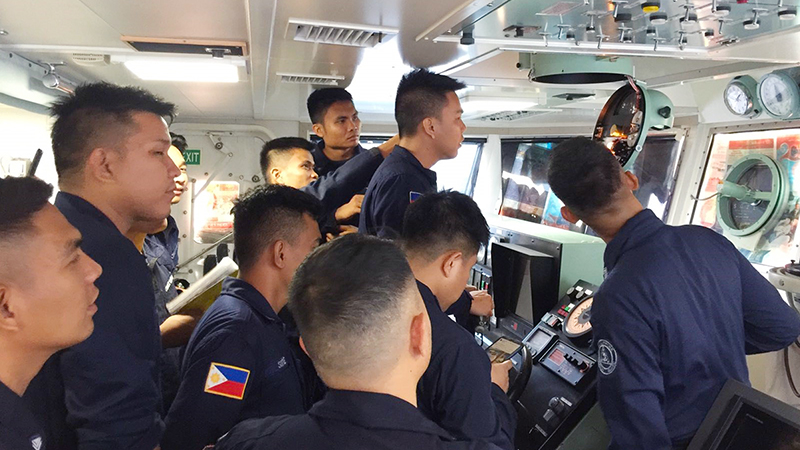
COAST GUARD ENGINEER TRAINING
TrainingWe provided training to Engineers from the Philippine Coast Guard to help them understand methods of operating main engines and generators and to improve their repair skills.
-
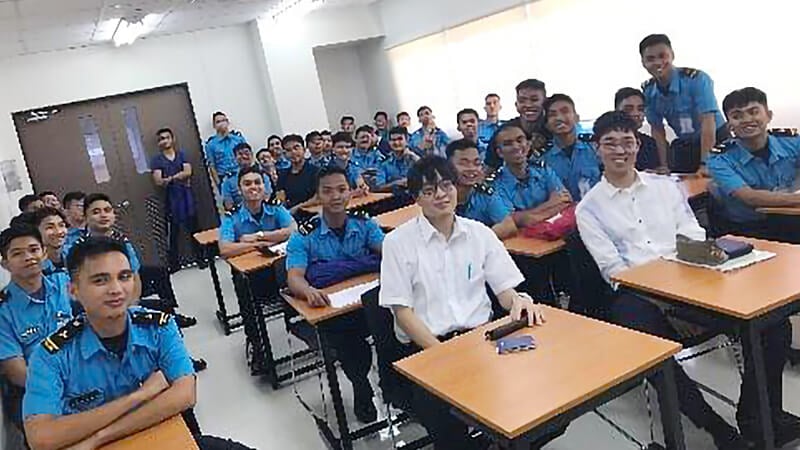
INTERNSHIP TUMST X MMMA
TrainingStudents from MMMA and the Tokyo University of Marine Science and Technology interact through internship programs.
Related Solutions and Services
Maritime Education & Training
Our training programs have been designed based on our experiences spanning over 130 years. These programs are now offered to the wider industry to prevent accidents and to promote further growth of maritime transportation.

